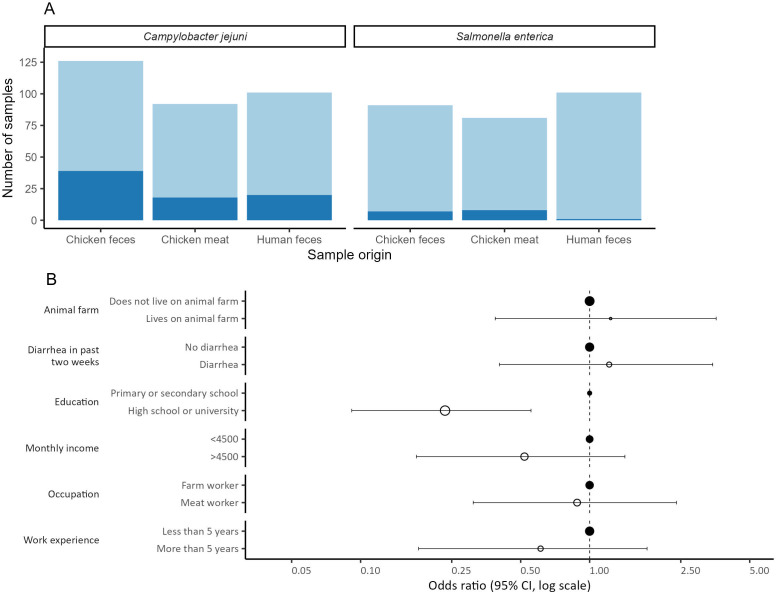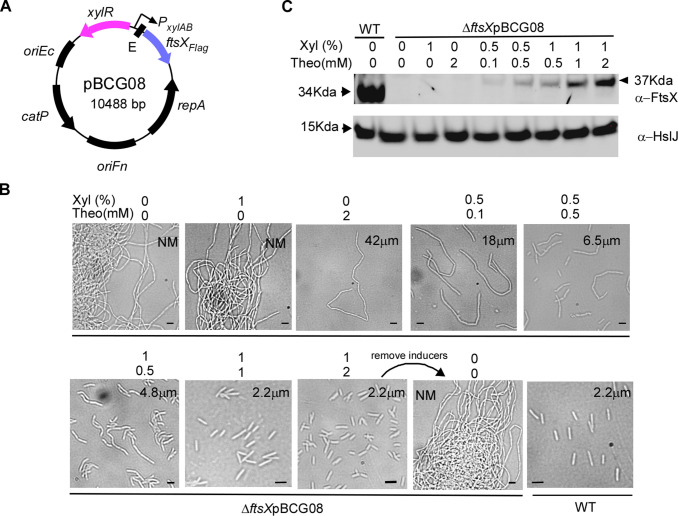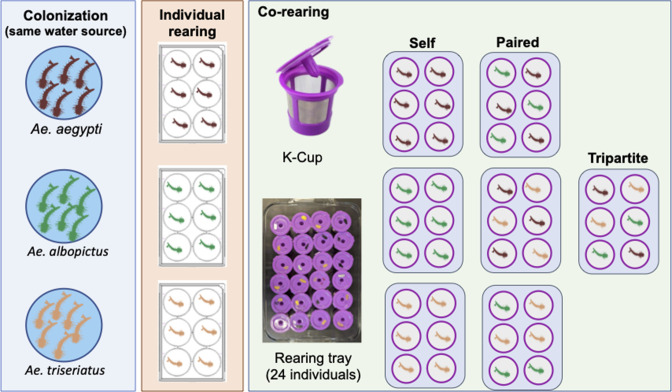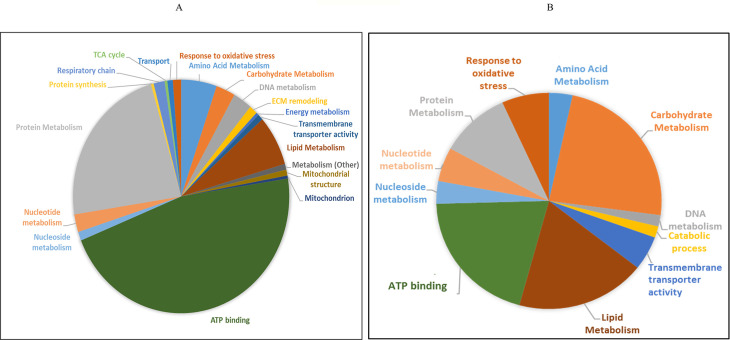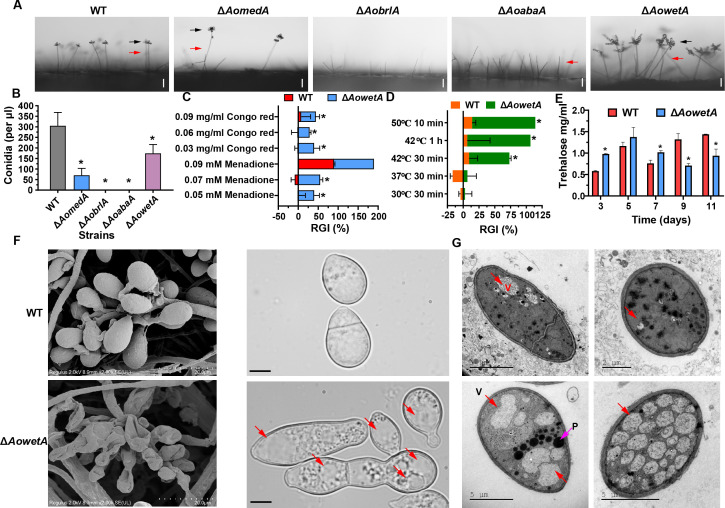Epidemiological Surveillance in Conflict Zones
Abukhattab et al. (e00658-23) used whole-genome sequencing to survey the spread of salmonellosis, campylobacteriosis, and related antimicrobial resistance in the central West Bank region of Palestine. Taken as a One-Health approach, they demonstrate the prevalence and rapid spread of pathogenic serotypes and resistant genes in the broiler chicken production chain. The study identified clinical threats caused by disruptions of public health and food security services in zones impacted by civil unrest and war.
A New Synthetic Biology Toolkit for Fusobacterium
Bibk G C et al. (e00667-23) describe an inducible hybrid gene system for Fusobacterium nucleatum, an anaerobic oral bacterium linked to periodontitis. Using the new synthetic tool, the authors gained novel insights into the roles of proteins essential to outer membrane biogenesis and cell division in this filamentous bacterium.
Reconstructing the Mosquito Microbiome
Hyde et al. (e00778-23) studied the transmission of vector-borne pathogens by investigating the microbial colonization of axenic (free of external microbes) larvae from three different species of mosquitoes. All the larval microbiomes were assembled from a subset of relatively rare aquatic bacteria, but the relative abundance of the bacterial taxa varied widely among larvae. However, these variations were attenuated when the larvae were co-reared. These findings suggest that not only host-microbe, but also host-host interactions influence microbiome composition.
Microbial Desulfurization of Fossil Fuels
Microbial removal of sulfur contaminants from fossil fuels shows promise to produce cleaner fuels. A comparative systems biology study in rhodococci by Zumsteg et al. (e00826-23) shows the importance of osmoprotectans and other overlapping stress responses in the biodesulfurization of diesel fuel. This study provides much-needed mechanistic understanding of the process for rational design of improved biodesulfurizers.
Targeting Plant-Parasitic Nematodes via Fungal Traps
Some filamentous fungi produce traps to capture and feed on nematodes, including those pathogenic to plants. Bai et al. (e00983-23) describe a regulatory network interconnecting the asexual sporulation of these fungi (conidiation) with trap formation. This information affords opportunities to develop approaches for biocontrol of plant-parasitic nematodes via their fungal predators.



